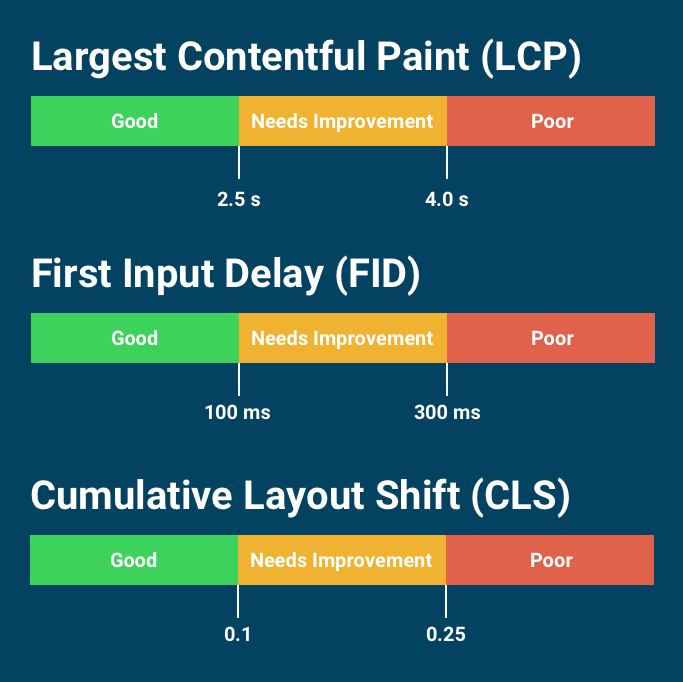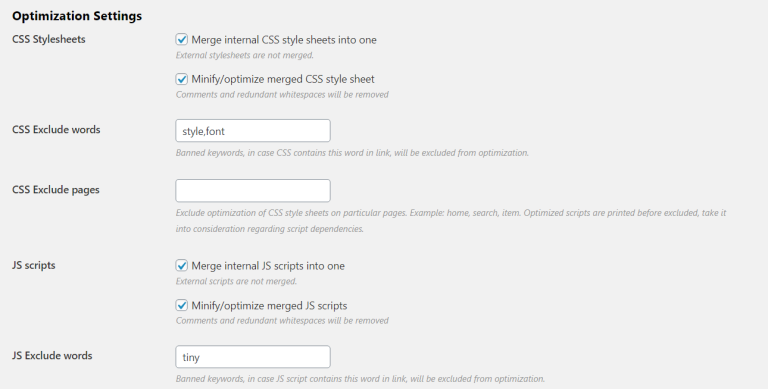
In today’s fast-paced digital landscape, website performance is no longer a nice-to-have—it’s a necessity. Users expect websites to load in under two seconds, and anything slower risks losing them to competitors. The good news is that with the right combination of efficient hosting and caching strategies, you can significantly reduce load times and enhance user experience.
This article will guide you through the essential steps to implement effective hosting and caching solutions. Whether you’re running an e-commerce site, a blog, or a corporate portal, optimizing your site’s speed can lead to better engagement, higher search rankings, and increased conversions.
What Is Efficient Hosting & Caching and Why It Matters
Efficient hosting refers to using a reliable and high-performance web server that can handle traffic demands without slowing down your site. Caching, on the other hand, involves storing copies of frequently accessed data so it can be retrieved more quickly. Together, these technologies help reduce the time it takes for your website to load, improving both user satisfaction and SEO performance.
Search engines like Google prioritize fast-loading websites, as they provide a better user experience. Core Web Vitals, which include metrics like Largest Contentful Paint (LCP), First Input Delay (FID), and Cumulative Layout Shift (CLS), are now key ranking factors. By implementing efficient hosting and caching, you can boost your scores in these critical areas.
How Efficient Hosting & Caching Impact SEO Performance
The relationship between website speed and SEO is well-documented. A faster site not only improves user experience but also increases the likelihood of higher rankings. According to Google, 53% of mobile users abandon a site if it takes longer than three seconds to load. This means that even a small delay can have a significant impact on your traffic and revenue.
Efficient hosting ensures that your site can handle traffic spikes without crashing or slowing down. This is especially important for businesses with seasonal traffic, such as e-commerce sites during holiday periods. Caching complements this by reducing the load on your server and minimizing the time it takes for pages to render.
Additionally, caching helps improve your Core Web Vitals. For example, browser caching allows users to load pages faster on subsequent visits, which can improve LCP and FID. Server-side caching reduces the time it takes for your server to generate pages, leading to faster load times overall.
Step-by-Step Implementation Framework
1. Define or Audit the Current Situation
Before implementing any changes, it’s crucial to understand where your site stands. Use tools like Google PageSpeed Insights, Lighthouse, or GTmetrix to analyze your current performance. These tools will highlight issues such as large image files, unminified code, and lack of caching.
Action Steps:
– Run a performance audit using a free tool.
– Identify slow-loading resources.
– Note any caching or hosting-related issues.
2. Apply Tools, Methods, or Tactics
Once you have a clear understanding of your site’s performance, it’s time to implement improvements. Here are some key strategies:
Choose the Right Hosting Provider
Opt for a hosting provider that offers fast servers, scalability, and reliability. Popular options include:
– Managed WordPress Hosting: Providers like WP Engine or Kinsta specialize in optimized WordPress environments.
– VPS Hosting: Offers more control and performance than shared hosting.
– Cloud Hosting: Platforms like AWS or Google Cloud provide scalable and flexible solutions.
Implement Browser Caching
Use the Cache-Control header to tell browsers how long to cache your site’s assets. For example:
Cache-Control: public, max-age=31536000, immutable
This directive tells browsers to cache static assets for one year.
Enable Server-Side Caching
Server-side caching stores pre-rendered HTML pages, reducing the need for the server to generate content from scratch for each request. Plugins like W3 Total Cache or WP Super Cache can automate this process.
Use a Content Delivery Network (CDN)
A CDN distributes your site’s assets across multiple global servers, ensuring that users access content from the closest possible location. Popular CDNs include Cloudflare, Akamai, and Amazon CloudFront.
Optimize Images and Code
Compress images using tools like TinyPNG or Squoosh. Minify CSS and JavaScript files using plugins or build tools like Webpack or Gulp.
Action Steps:
– Choose a reliable hosting provider.
– Set up browser and server-side caching.
– Implement a CDN.
– Optimize images and code.
3. Measure, Analyze, and Optimize
After implementing your changes, it’s important to monitor their impact. Use tools like Google Analytics, Hotjar, or New Relic to track performance metrics. Look for improvements in load times, bounce rates, and user engagement.
Key Metrics to Track:
– Page Load Time
– First Contentful Paint (FCP)
– Largest Contentful Paint (LCP)
– Time to Interactive (TTI)
Action Steps:
– Monitor performance after implementation.
– Compare results before and after changes.
– Continuously optimize based on data.
Real or Hypothetical Case Study
Let’s take a hypothetical example of a mid-sized e-commerce store that was experiencing slow load times and high bounce rates. The site had unoptimized images, no caching, and was hosted on a basic shared server.
Before Optimization:
– Average page load time: 8 seconds
– Bounce rate: 65%
– Conversion rate: 2%
After Optimization:
– Implemented browser and server-side caching.
– Switched to a managed WordPress host.
– Used a CDN to serve static assets.
– Compressed images and minified code.
Results:
– Average page load time: 2.5 seconds
– Bounce rate: 40%
– Conversion rate: 5%
This case study shows how efficient hosting and caching can transform a website’s performance and business outcomes.
Tools and Techniques for Efficient Hosting & Caching
Here are some of the most effective tools for optimizing your site:
- Cloudflare: A powerful CDN that also offers caching, DDoS protection, and performance optimization.
- W3 Total Cache: A popular WordPress plugin that enables browser and server-side caching.
- GTmetrix: A performance analysis tool that provides detailed insights into your site’s speed.
- WebPageTest: A free tool that tests your site’s performance from multiple locations.
- Google PageSpeed Insights: A tool that analyzes your site and provides recommendations for improvement.
These tools can help you identify bottlenecks and track your progress over time.
Future Trends and AI Implications
As AI continues to evolve, we can expect new advancements in website performance. For example, AI-driven caching systems could predict which resources users are likely to request next, further reducing load times. Additionally, machine learning algorithms may help optimize code and image compression automatically.
Another trend is the rise of edge computing, which brings computation closer to the user, reducing latency. This will complement existing caching and CDN strategies, making websites even faster.
To stay ahead, focus on adopting AI-powered tools and staying updated with emerging trends in web performance.
Key Takeaways
- Efficient hosting ensures your site can handle traffic without slowing down.
- Caching improves performance by reducing the need to re-download resources.
- Optimizing images and code is essential for fast load times.
- Using a CDN helps deliver content faster to users around the world.
- Monitoring performance is crucial for continuous improvement.
By implementing these strategies, you can create a faster, more responsive website that delights users and boosts your SEO rankings.
Meta Title: How to Use Efficient Hosting & Caching to Reduce Load Times
Meta Description: Learn how to use efficient hosting and caching to reduce load times and improve website performance for better SEO and user experience.
SEO Tags (5): website speed, caching, hosting optimization, SEO performance, load time reduction
Internal Link Suggestions: Parameter #5: Core Web Vitals, Parameter #7: Image Optimization, Parameter #9: CDN Strategies
External Source Suggestions: https://web.dev/learn/#performance, https://www.cloudflare.com/learning/website-performance/what-is-caching/, https://developer.mozilla.org/en-US/docs/Web/HTTP/Caching










